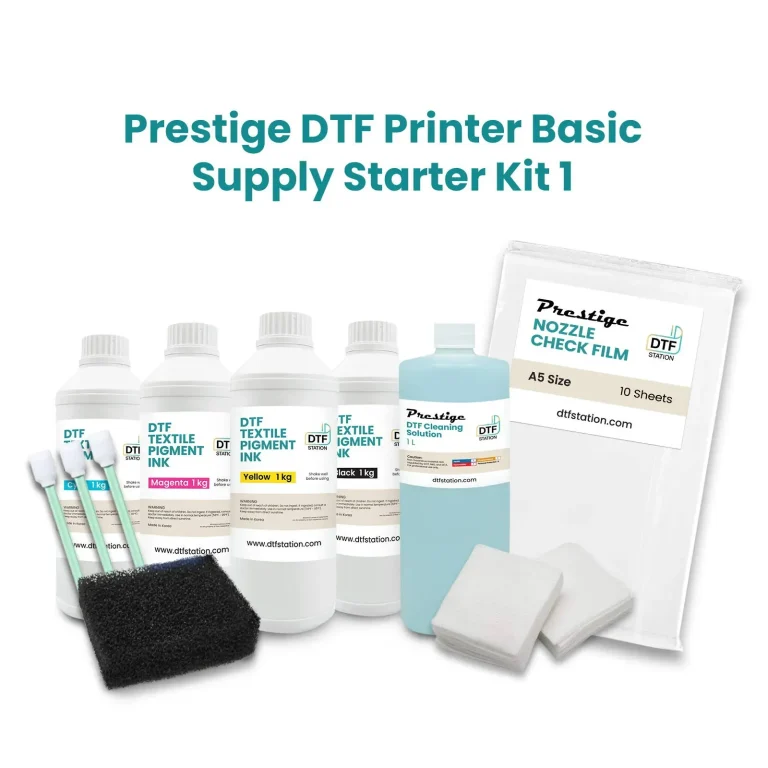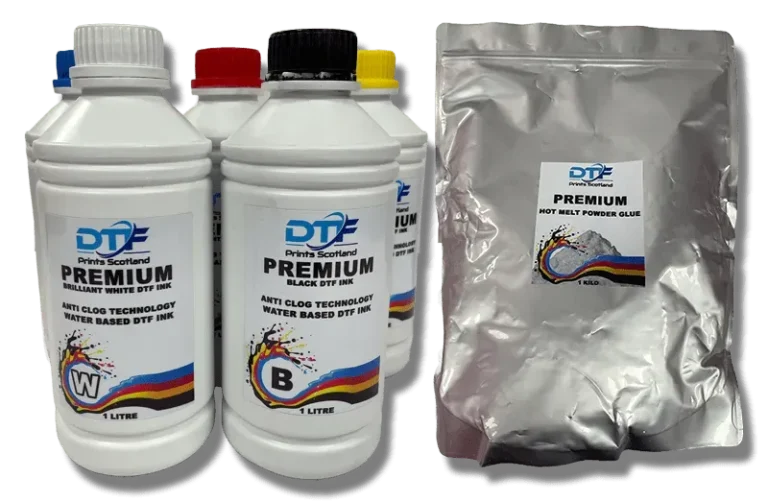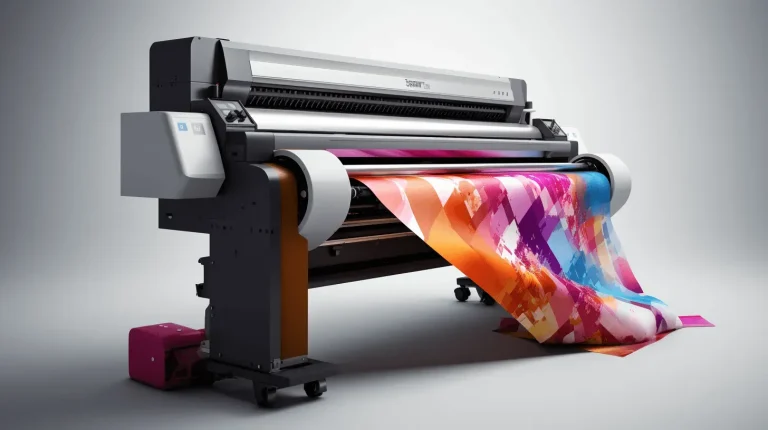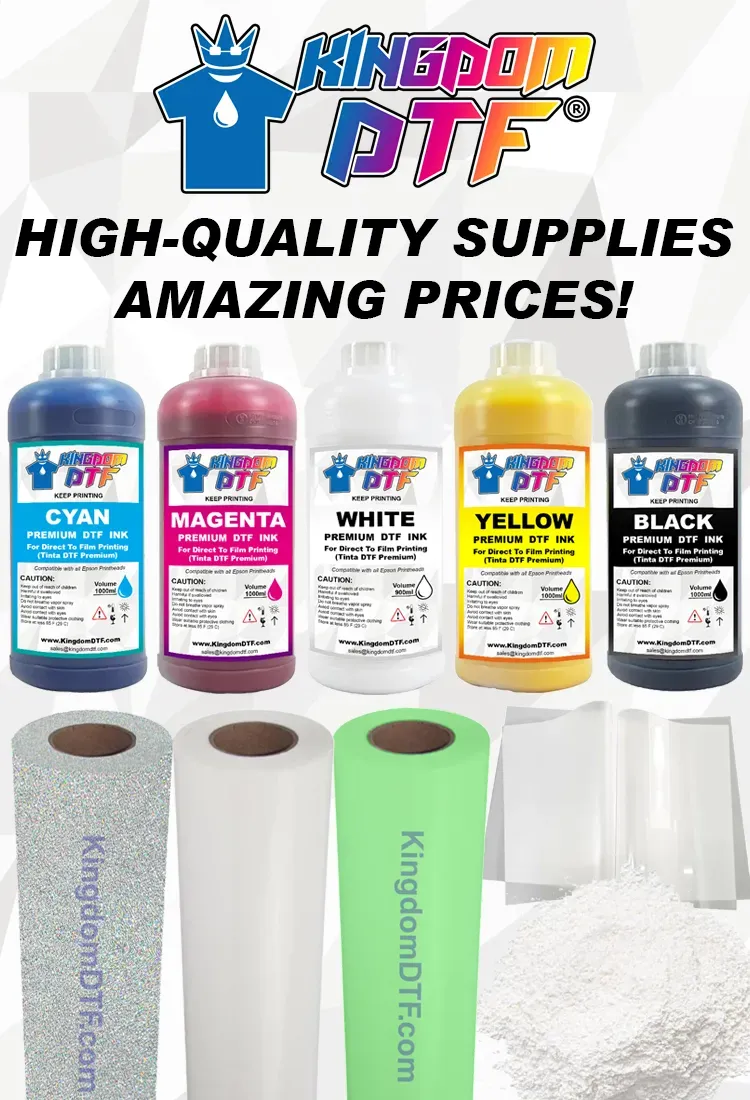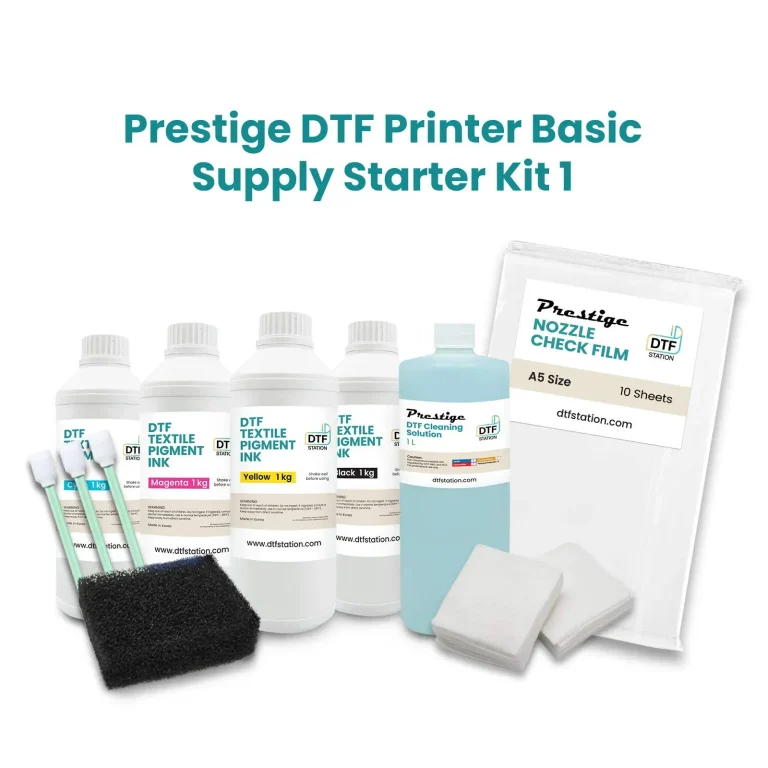
Application Tips for Nurse Transfers
Adding Nurse Transfers to scrubs or accessories is a wonderful way for medical professionals to bring personality to their uniforms. With DTF Transfers and Ready to Press options, nurses can customize their gear with ease. However, knowing a few essential application tips will help ensure each design looks professional and lasts through countless washes. In this guide, we’ll walk through the simple steps and best practices for applying nurse transfers effortlessly.
Preparing the Fabric for Nurse Transfers
Preparation is key to a smooth application process. Before applying Nurse Transfers, make sure the fabric is clean and free of wrinkles. Wash the garment if it’s new, as some fabrics have a coating that can prevent the DTF Transfers from adhering properly. Iron the fabric lightly to remove any wrinkles and ensure a smooth surface for the transfer. This initial preparation step ensures that each Ready to Press transfer adheres securely.
Preparation ensures a seamless application and improves the transfer’s durability.

Aligning the Transfer on the Fabric
Placement is crucial for a professional finish. Position your Nurse Transfer on the fabric, aligning it according to your design preference. A ruler or tape can help you position the transfer accurately. DTF Transfers are typically transparent, making it easy to see the design as you align it. Once positioned, use masking tape to secure the transfer in place. This helps prevent shifting during the pressing process, ensuring a precise, centered result with each application.
Correct alignment ensures the design looks balanced and professional on scrubs or accessories.
Applying Heat for Ready to Press Transfers
Using the correct amount of heat is essential to successful application. With Ready to Press transfers, you can use either a heat press or a household iron. Preheat your press or iron, and apply it over the transfer with firm pressure. For DTF Transfers, the temperature and pressure settings should match the specific instructions provided with each transfer type. Typically, a few seconds of pressure is enough to create a strong bond between the transfer and fabric.
This step ensures each transfer adheres securely, resulting in a long-lasting design.
Allowing the Transfer to Cool Before Peeling
After applying heat, it’s crucial to let the transfer cool slightly before peeling the backing paper. Ready to Press transfers usually require a few seconds of cooling time. Gently peel off the backing, starting from one corner and moving slowly to ensure the design adheres evenly. DTF Transfers often provide a smooth finish with this method, as cooling helps the adhesive set firmly on the fabric.
This simple cooling step ensures a clean peel and a flawless design.

Testing the Adherence of Nurse Transfers
Before putting the garment to use, check the transfer’s adherence. Lightly press on the edges of the Nurse Transfer to make sure it is fully attached. If any corners appear loose, apply a bit more heat and pressure. DTF Transfers are known for their durability, but an extra press may be necessary for areas that didn’t adhere fully. Testing adherence guarantees each transfer looks polished and professional on scrubs and uniforms.
This final check helps nurses ensure their transfers will last through work and frequent washing.
Maintaining Nurse Transfers for Long-Term Use
Once applied, caring for Nurse Transfers ensures their longevity. Wash items with transfers inside-out and in cold water to protect the design. Avoid high heat in the dryer; instead, air-dry or use a low heat setting. DTF Transfers are designed to withstand repeated washing, but following these care instructions will keep each design vibrant. Simple maintenance helps transfers look fresh and new, even after multiple uses.
With proper care, nurse transfers remain a vibrant and professional addition to scrubs and accessories.
Conclusion
Applying Nurse Transfers to scrubs and accessories is an easy way to personalize workwear. By following these simple tips, such as preparing the fabric, aligning accurately, applying the correct heat, allowing for cooling, and maintaining the garment, nurses can create customized pieces that last. DTF Transfers and Ready to Press transfers make it possible to achieve a professional, polished look without hassle. Personalize your scrubs with ease and add a touch of personality to your everyday work attire with nurse transfers.
FAQ
- Are Nurse Transfers durable?
- Yes, they are designed to last through regular use and washes.
- Can I apply Nurse Transfers with an iron?
- Yes, a household iron works well, though a heat press provides optimal results.
- What materials work best with Nurse Transfers?
- Cotton, polyester, and fabric blends work best with transfers.
- How long does it take to apply a Nurse Transfer?
- The application process usually takes a few minutes with heat.
- Do I need special equipment for Nurse Transfers?
- No, a household iron is sufficient, though a heat press is ideal.
- Can Nurse Transfers be used on accessories?
- Yes, you can apply transfers to items like bags, hats, and badges.
- Are Nurse Transfers cost-effective?
- Yes, they offer an affordable way to create custom uniforms and accessories.
- How long do Nurse Transfers last?
- They are designed to be durable for long-term use.
- Can I create multiple items with Nurse Transfers?
- Yes, it’s easy to customize several items in one session.
- Where can I purchase Nurse Transfers?
- You can find them online through specialty suppliers and craft stores.

